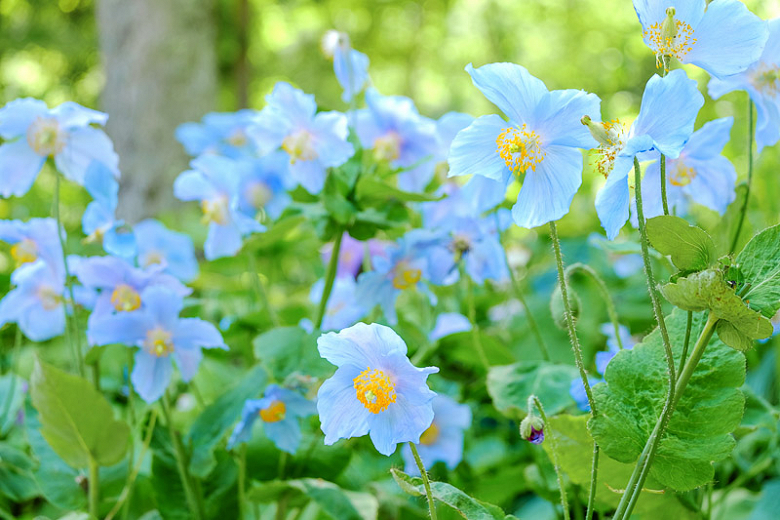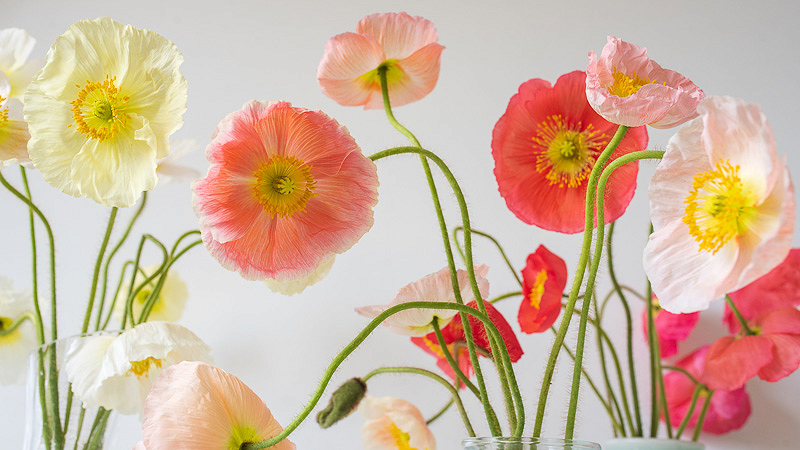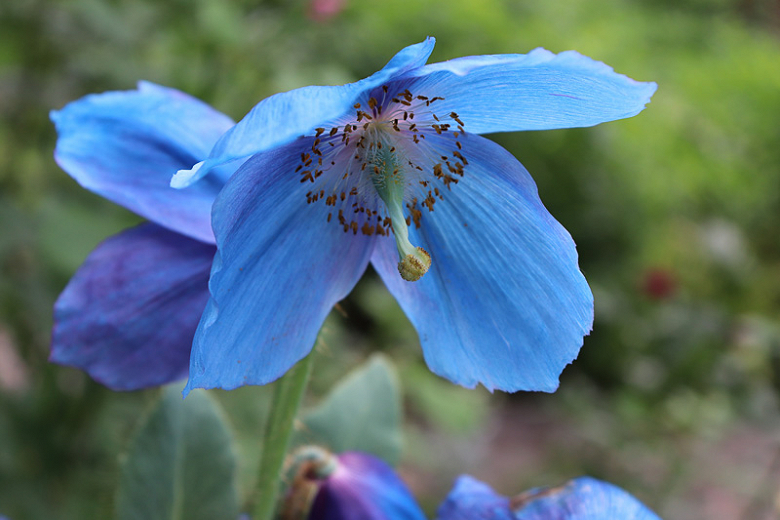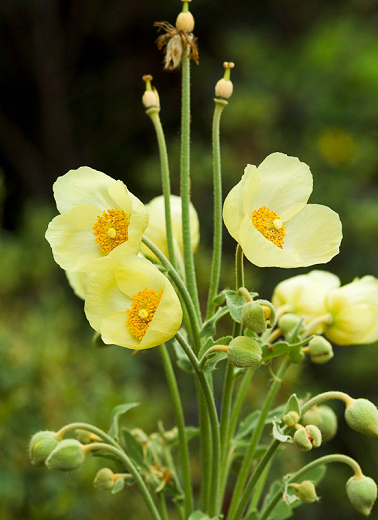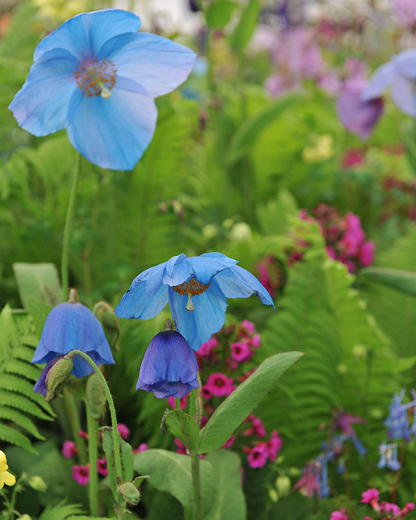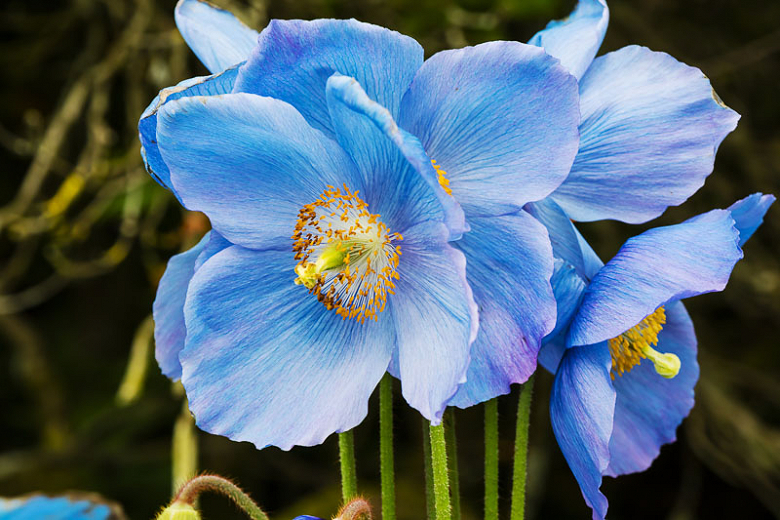Meconopsis (Himalayan Poppy)
Prized by shade garden enthusiasts, Meconopsis (Himalayan Poppy) is a member of the poppy family that never fails to stir excitement and desire. Its strikingly beautiful blue poppies have stolen the heart of onlookers for ages.
Prized by shade garden enthusiasts, Meconopsis (Himalayan Poppy) is a member of the poppy family that never fails to stir excitement and desire. Its strikingly beautiful blue poppies have stolen the heart of onlookers for ages.
- Meconopsis is a genus of about 80 species of annuals, biennials, evergreen or herbaceous perennials. They belong to the Papaveraceae family, which includes 23 genera, including the brilliant Oriental Poppies (Papaver orientale), Opium Poppies (Papaver somniferum), Iceland Poppies (Papaver nudicaule), California Poppies (Eschscholzia californica), or Flanders Poppies (Papaver rhoeas).
- Meconopsis species are native to the mountain regions of the Himalayas and western China, except Meconopsis cambrica (Welsh Poppy), which hails from Western Europe, including the British Isles.
- Meconopsis is best known for its astonishing blue poppies, especially the Himalayan Blue Poppy (Meconopsis baileyi), the Tibetan Poppy (Meconopsis grandis), and the hybrid Meconopsis ‘Lingholm’. Although usually associated with blue flowers, Meconopsis flowers can also be yellow, violet, purple, red, or white.
- The flowers are usually large, bowl-shaped with crinkly, delicate petals surrounding a bouquet of stamens. They may be borne solitary on a leafless stem, or in terminal panicles forming a stout inflorescence on a leafy stem. They typically bloom from late spring through July, depending on species and geographic areas.
- Many display beautiful fuzzy leaf rosettes that are a pleasure to witness throughout the season.
- Himalayan Poppies usually grow up to 4 ft. tall (120 cm) and 18-24 in. wide (45-60 cm).
- Some Himalayan Poppies are long-lived perennials, blooming year after year, while others are short-lived or monocarpic: they set seeds and die after flowering.
- Some Himalayan Poppy species are easy to grow while others can be quite difficult as they require very specific conditions and careful treatment to thrive. Among those relatively easy to grow are Meconopsis betonicifolia, Meconopsis cambrica, Meconopsis grandis, Meconopsis napaulensis, Meconopsis paniculata, Meconopsis quintuplinervia and Meconopsis regia.
Guide Information
| Hardiness | 5 – 9 |
|---|---|
| Plant Type | Annuals, Perennials |
| Plant Family | Meconopsis – Himalayan Poppy |
| Exposure | Partial Sun |
| Season of Interest | Spring (Late)Summer (Early,Mid) |
| Maintenance | Average |
| Soil Type | Clay, Loam |
| Soil pH | Acid, Neutral |
| Soil Drainage | Moist but Well-Drained |
| Characteristics | Showy |
| Tolerance | Deer, Rabbit |
| Landscaping Ideas | Beds and Borders |
| Garden Styles | Gravel and Rock Garden, Informal and Cottage |
